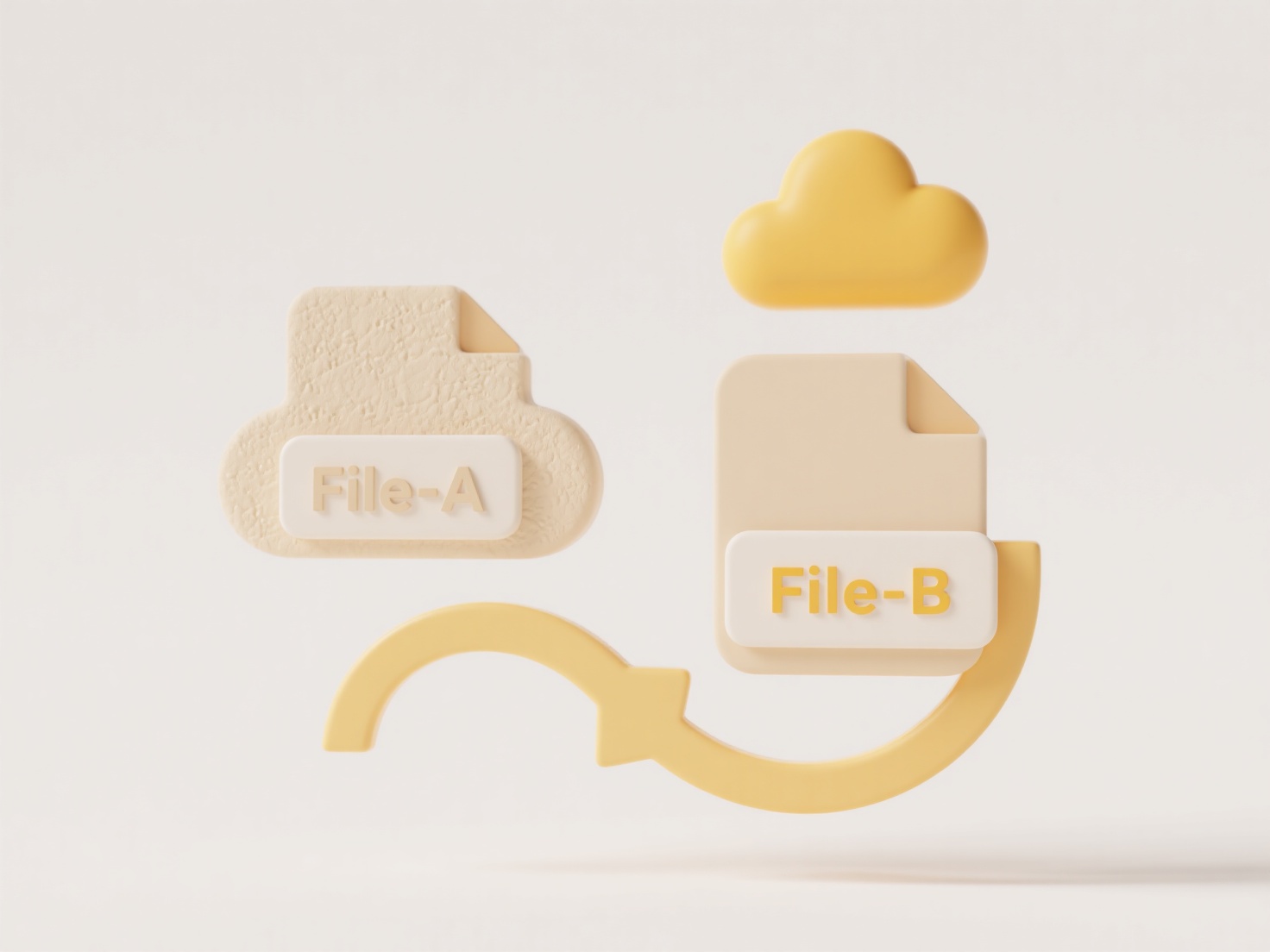
A .rar file is a compressed archive format using the RAR algorithm, designed to bundle multiple files and folders into a single, smaller container while reducing storage space or speeding up transfers. Unlike standard formats like ZIP that have built-in support in most operating systems, .rar files typically require specialized third-party software to extract the contents. Your computer's default file system tools don't recognize the RAR format, preventing direct opening.

For instance, developers often share large project assets and libraries as .rar files to minimize download times. Similarly, users receiving email attachments compressed into a .rar archive by a sender won't be able to access the files without installing software like WinRAR (paid), 7-Zip (free), or using online extractors. This format remains prevalent on download platforms and for transferring substantial datasets across slower internet connections.
While RAR offers strong compression ratios and supports features like multi-volume archives and recovery records, its main limitation is lack of universal native OS support, unlike ZIP. This creates friction for users unfamiliar with installing decompression tools. Although still widely used, modern alternatives like 7z and native formats are increasingly preferred to avoid compatibility barriers, potentially reducing RAR's long-term usage as accessibility improves.
Why can’t I open a .rar file?
A .rar file is a compressed archive format using the RAR algorithm, designed to bundle multiple files and folders into a single, smaller container while reducing storage space or speeding up transfers. Unlike standard formats like ZIP that have built-in support in most operating systems, .rar files typically require specialized third-party software to extract the contents. Your computer's default file system tools don't recognize the RAR format, preventing direct opening.

For instance, developers often share large project assets and libraries as .rar files to minimize download times. Similarly, users receiving email attachments compressed into a .rar archive by a sender won't be able to access the files without installing software like WinRAR (paid), 7-Zip (free), or using online extractors. This format remains prevalent on download platforms and for transferring substantial datasets across slower internet connections.
While RAR offers strong compression ratios and supports features like multi-volume archives and recovery records, its main limitation is lack of universal native OS support, unlike ZIP. This creates friction for users unfamiliar with installing decompression tools. Although still widely used, modern alternatives like 7z and native formats are increasingly preferred to avoid compatibility barriers, potentially reducing RAR's long-term usage as accessibility improves.
Quick Article Links
Can I lock folder templates for reuse?
Folder templates are pre-defined directory structures, file arrangements, and naming conventions saved for repeated use....
How do I detect file sync loops or recursive duplication?
File sync loops occur when file synchronization processes inadvertently create duplicate files that trigger additional s...
Can I rename files based on folder they’re in?
Batch renaming files based on their parent folder name automates changing filenames to incorporate or reference the cont...